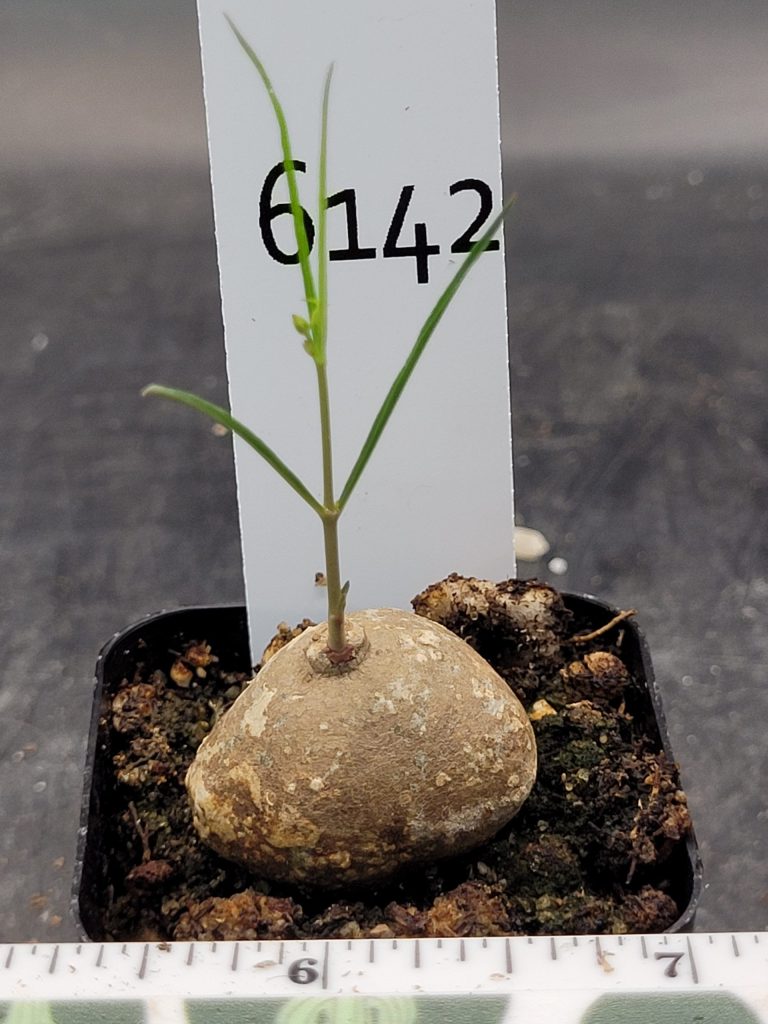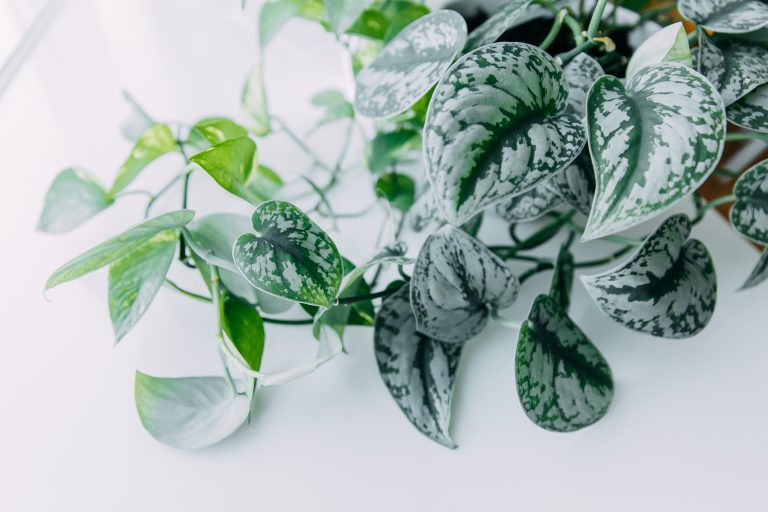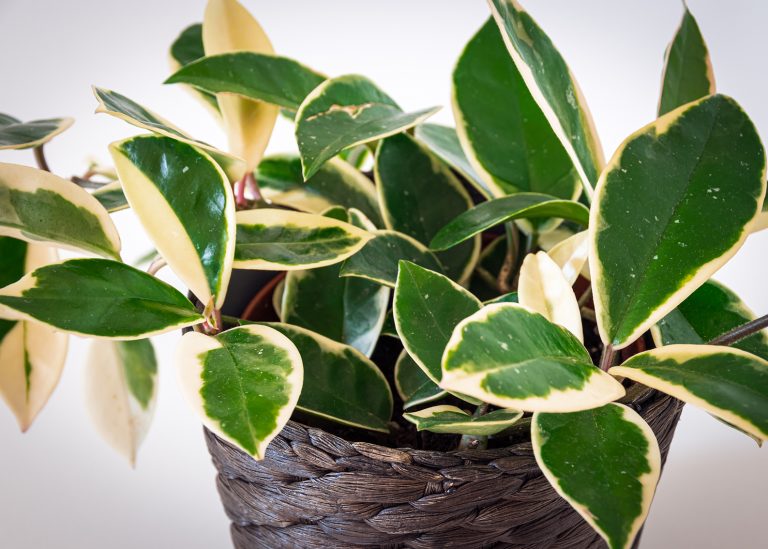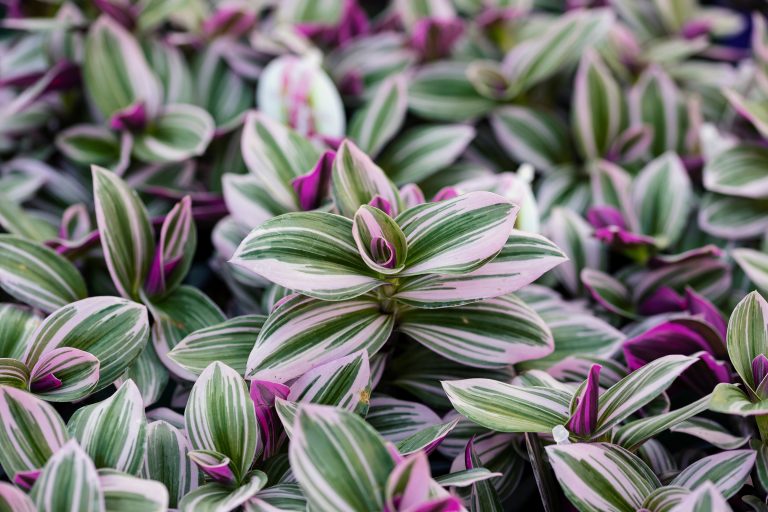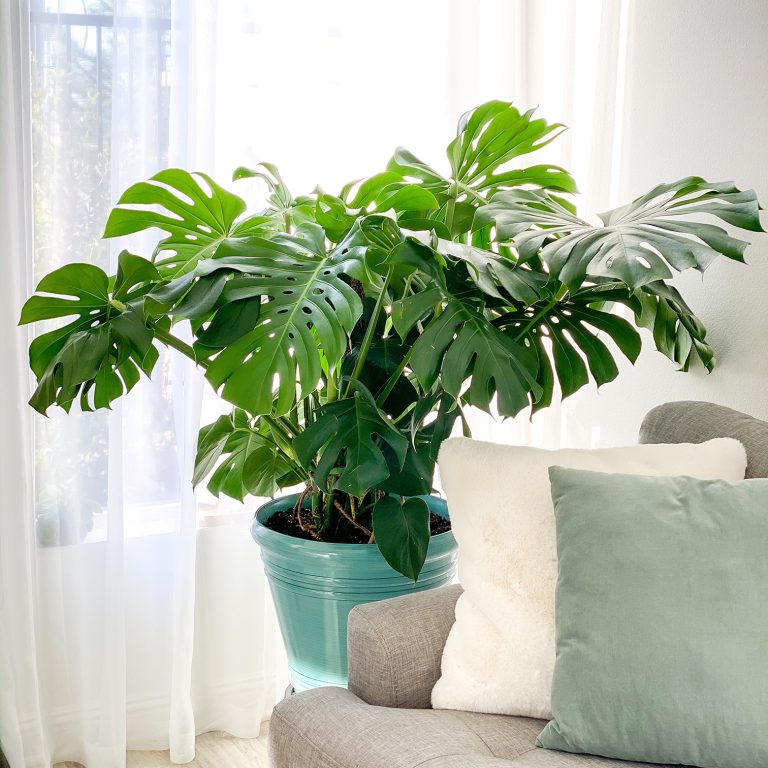Alocasia plants, often referred to as Elephant Ear plants, are treasured for their striking, large leaves and unique foliage patterns. Native to tropical regions of Asia and Eastern Australia, these plants can make a bold statement in any indoor garden. Here’s a comprehensive guide to help you care for your Alocasia plants and keep them thriving.
Light Requirements
Proper lighting is essential for the health and growth of Alocasia plants:
- Bright, Indirect Light: Alocasias thrive in bright, indirect light. Place your plant near a window where it can receive filtered sunlight.
- Avoid Direct Sunlight: Direct sunlight can scorch the leaves. Use sheer curtains to diffuse the light if necessary.
- Low Light Tolerance: While Alocasia can tolerate lower light conditions, their growth may slow, and the leaves may not be as vibrant.
Watering
Watering is crucial for maintaining the health of your Alocasia:
- Consistent Moisture: Alocasias prefer consistently moist soil. Water your plant when the top inch of soil feels dry to the touch.
- Avoid Overwatering: Ensure your pot has good drainage to prevent waterlogging and root rot. Empty the saucer after watering to avoid standing water.
- Humidity: These tropical plants love high humidity. Aim for a humidity level of 60-80%. Mist the leaves regularly or use a humidifier.
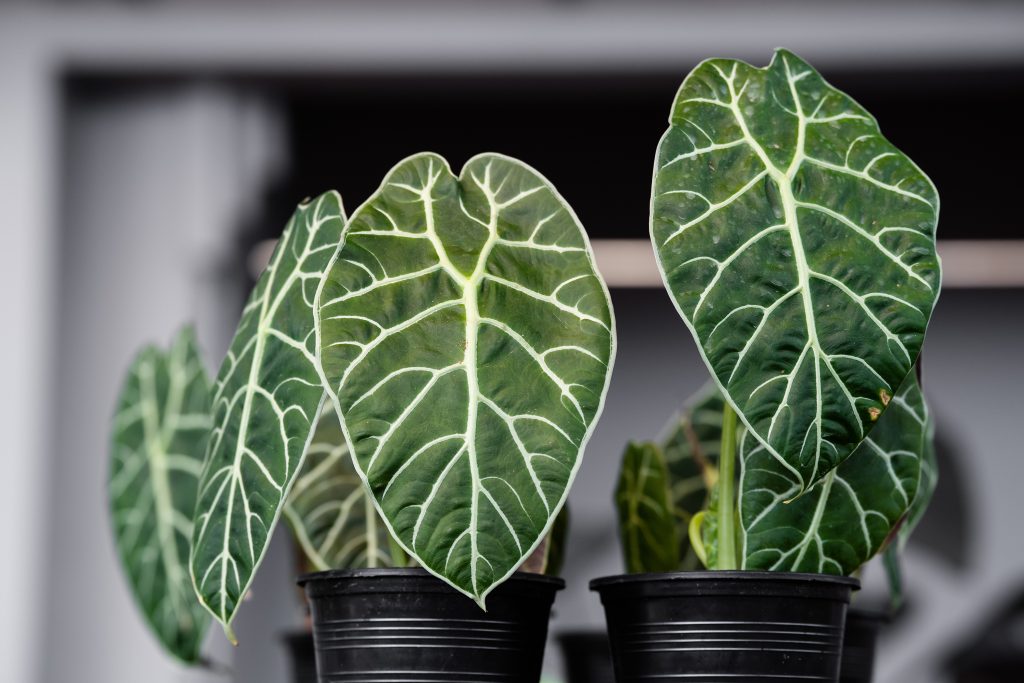
Temperature
Alocasia plants thrive in warm, stable temperatures:
- Ideal Temperature Range: Keep the temperature between 65°F to 80°F (18°C to 27°C).
- Avoid Cold Drafts: Keep your Alocasia away from cold drafts, air conditioners, and sudden temperature changes.
Soil
Using the right soil mix is essential for Alocasia plants:
- Well-Draining Soil: Use a well-draining potting mix rich in organic matter. A mix of peat moss, perlite, and potting soil works well.
- Repotting: Repot your Alocasia every 1-2 years or when it becomes root-bound. Choose a pot slightly larger than the current one and refresh the soil mix.
Fertilization
Regular feeding helps Alocasia plants grow strong and healthy:
- Balanced Fertilizer: Use a balanced, water-soluble fertilizer (20-20-20) diluted to half strength. Fertilize every 4-6 weeks during the growing season (spring and summer).
- Reduce in Winter: Cut back on fertilization during the fall and winter months when the plant’s growth slows.
Pruning and Maintenance
Regular pruning helps maintain the shape and health of your Alocasia:
- Remove Dead or Yellowing Leaves: Trim away any dead or yellowing leaves to keep the plant looking neat and to prevent disease.
- Control Size: Prune leggy growth to encourage a fuller, bushier appearance. Use clean, sharp scissors or pruning shears.
Propagation
Alocasia plants can be propagated through division:
- Division: Carefully divide the rhizomes during repotting. Ensure each division has a healthy root system and a few leaves.
- Planting: Plant the divisions in separate pots with fresh potting mix and water them well. Keep them in a warm, humid environment until they establish new growth.
Common Issues
Be on the lookout for common problems:
- Pests: Watch for pests like spider mites, aphids, and mealybugs. Treat infestations promptly with insecticidal soap or neem oil.
- Yellowing Leaves: This can be a sign of overwatering, poor drainage, or nutrient deficiency. Adjust care accordingly.
- Brown Leaf Tips: Brown tips can indicate low humidity, over-fertilization, or fluoride in the water. Increase humidity, reduce fertilizer frequency, or use filtered water.
Dormancy
Alocasia plants may go dormant in the winter:
- Reduced Growth: It’s normal for Alocasia to slow down growth or lose some leaves in the winter.
- Reduce Watering: Cut back on watering during dormancy. Keep the soil slightly moist but not soggy.
- Resume Regular Care: As temperatures rise in spring, gradually resume regular watering and fertilization.
Encouraging Healthy Growth
To keep your Alocasia plants lush and vibrant:
- Rotate the Plant: Rotate your plant every few weeks to ensure even growth on all sides.
- Clean the Leaves: Dust the leaves regularly to keep them shiny and free of pests.
- Support Large Leaves: For larger varieties, you may need to provide support for the heavy leaves.
By following these care guidelines, you can enjoy the dramatic foliage and tropical appeal of Alocasia plants in your home. Happy growing!

